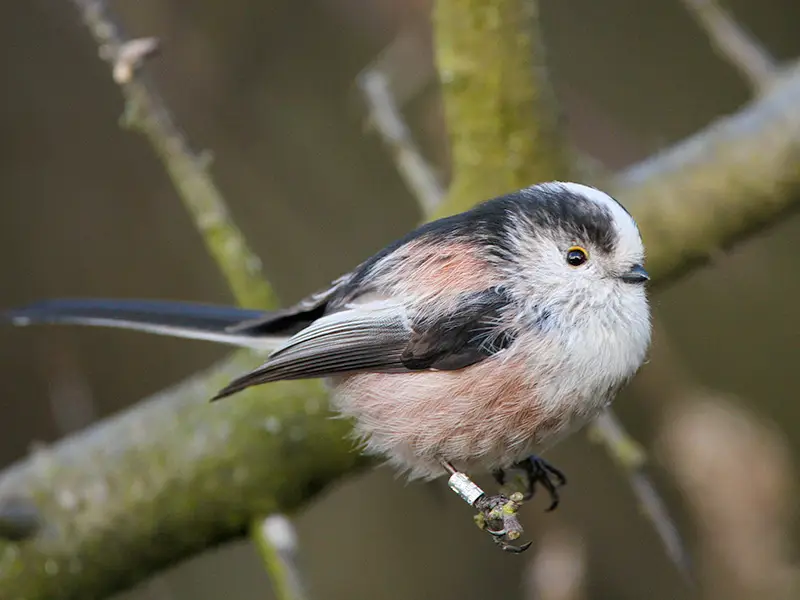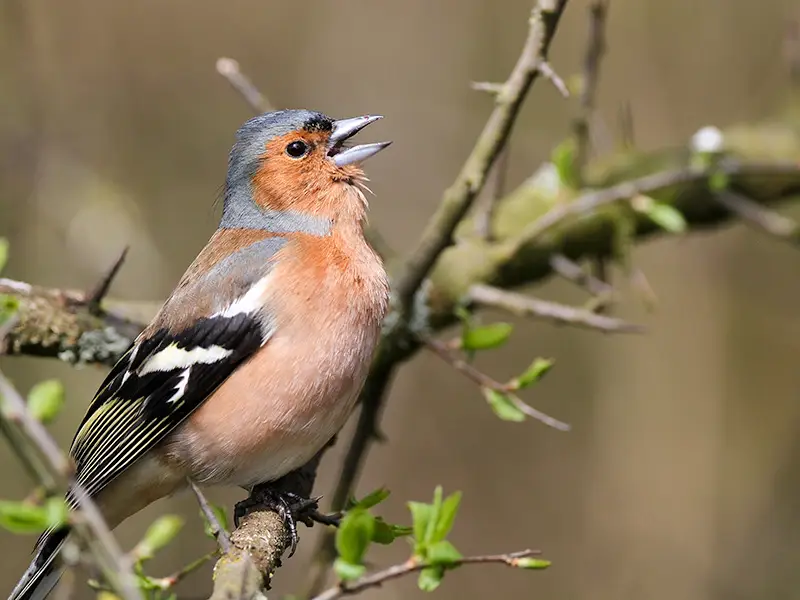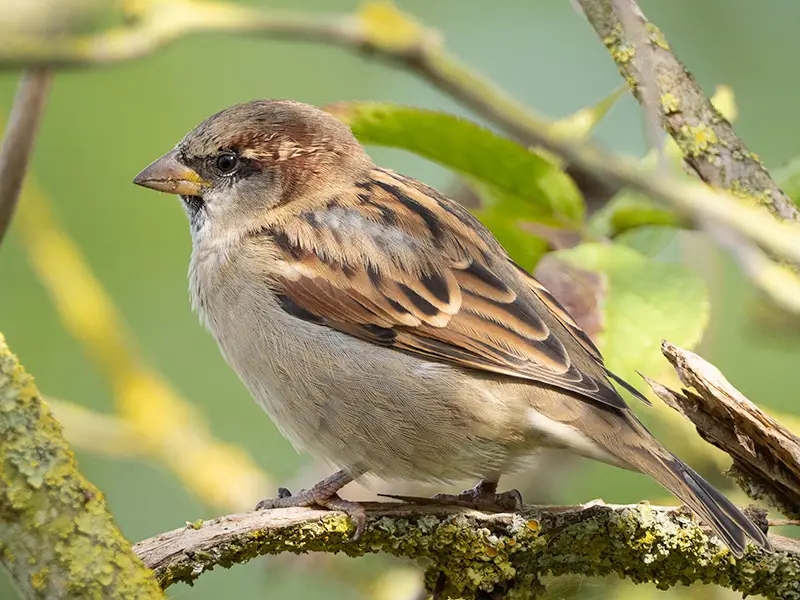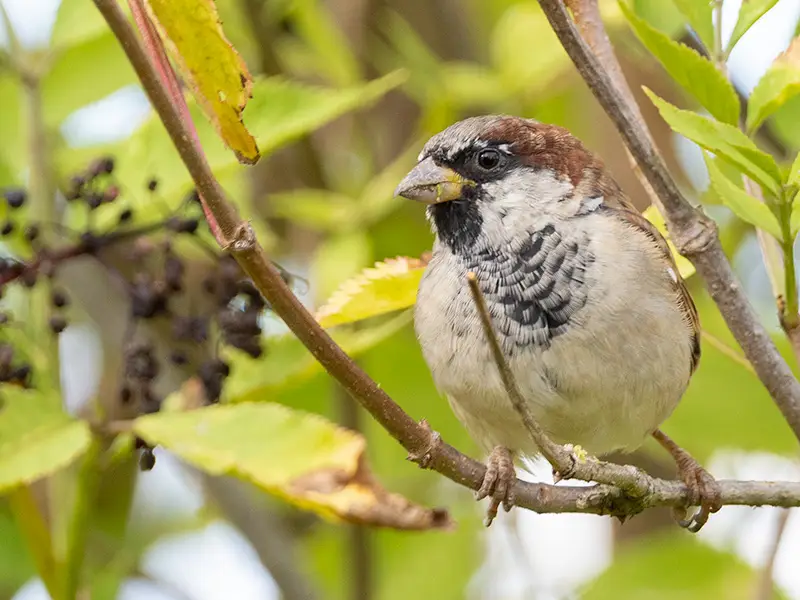The Wicken Fen National Nature Reserve is located in Cambridgeshire a few kilometres to the east of Ely and is operated by the National Trust. It is the trust’s oldest nature reserve and includes reed beds, woodland, several hides and trails around a number of water bodies.
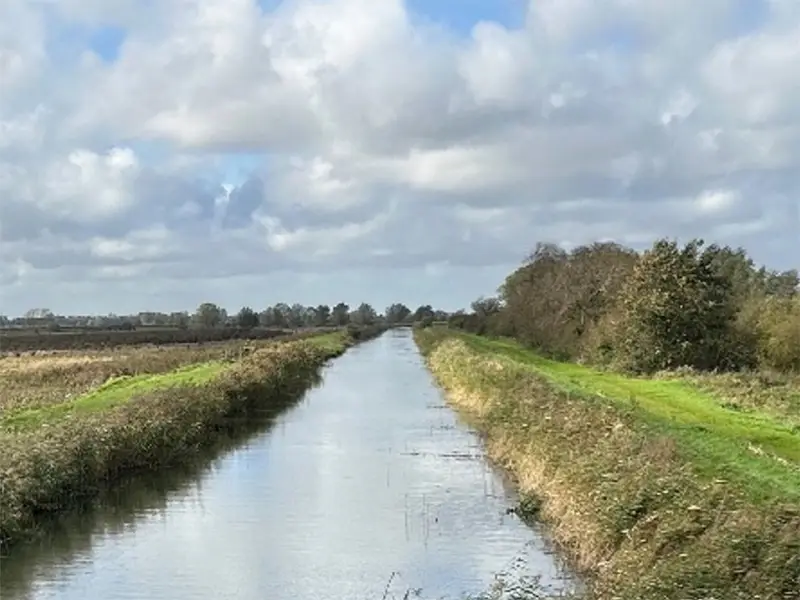
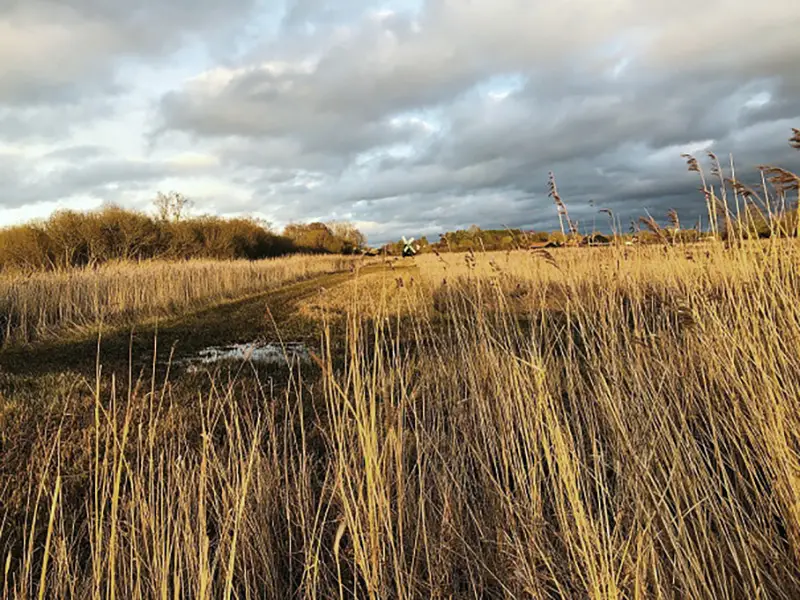
Being not far north of Cambridge, we’ve been to Wicken Fen many times since we first discovered the site in 2008 and we’ve always enjoyed our visits. The site basically has two parts, consisting of the National Trust reserve accessed through the visitor centre and the public access area to the south of Sedge Fen and Wicken and Monks Lodes.
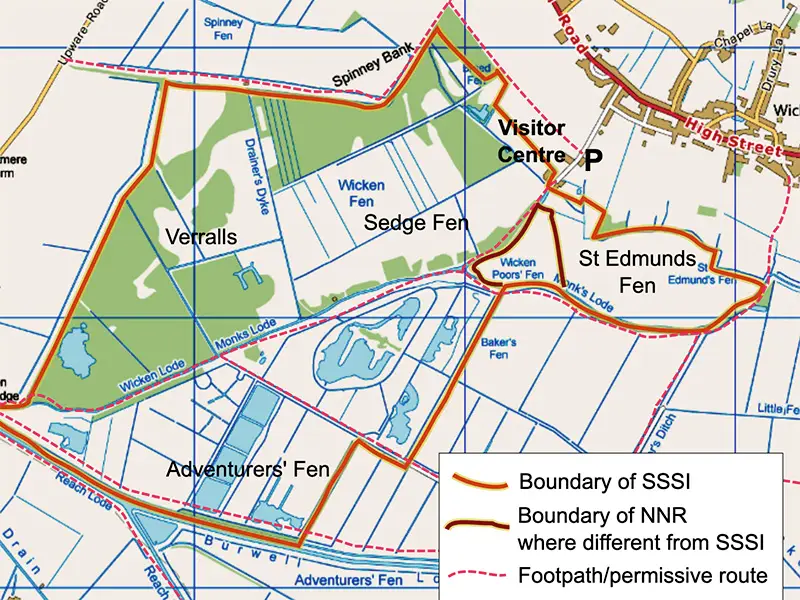
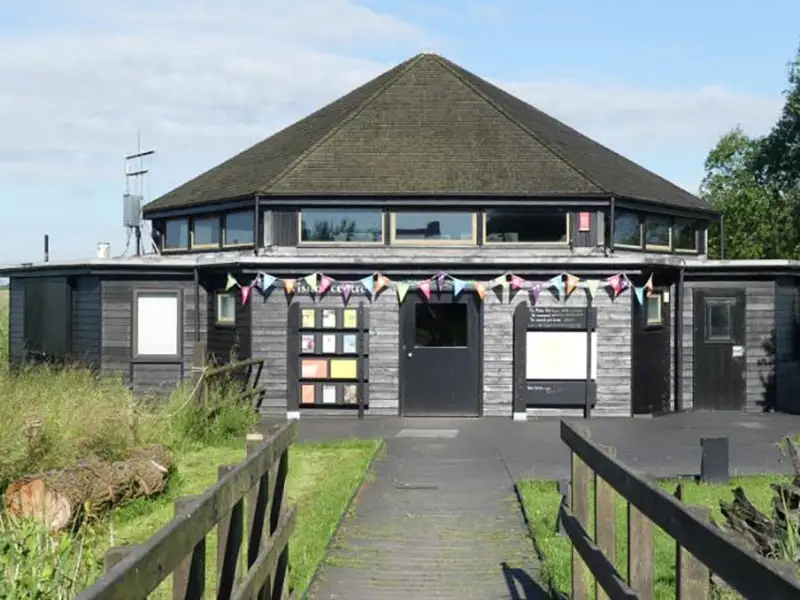
The National Trust part of the site has large areas of reed beds separated by boardwalks where you can see typical birds of the fenland habitat, including Reed Warblers, Sedge Warblers and Reed Buntings, with the hides providing good vantage points for photography.
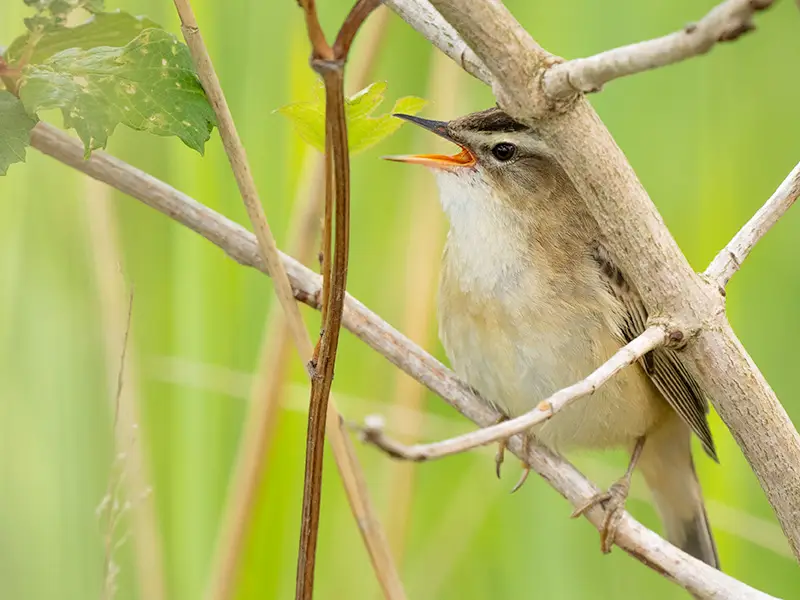
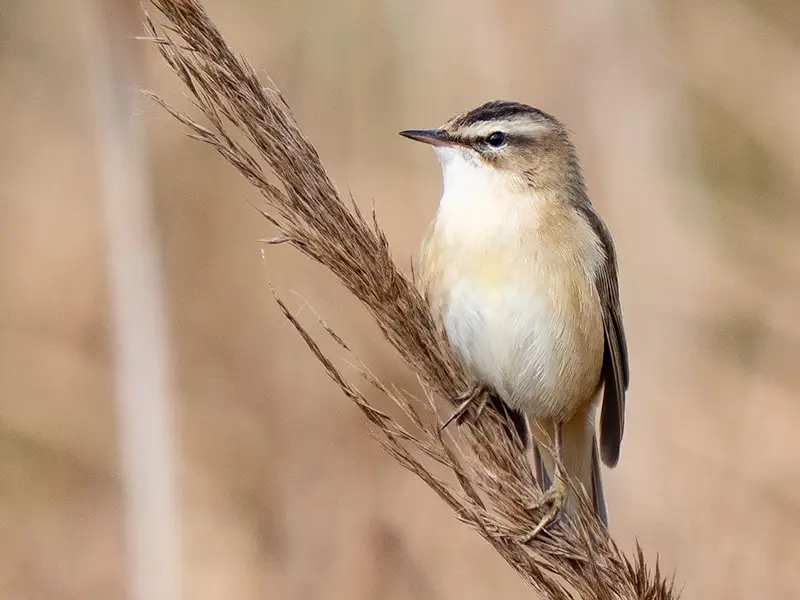
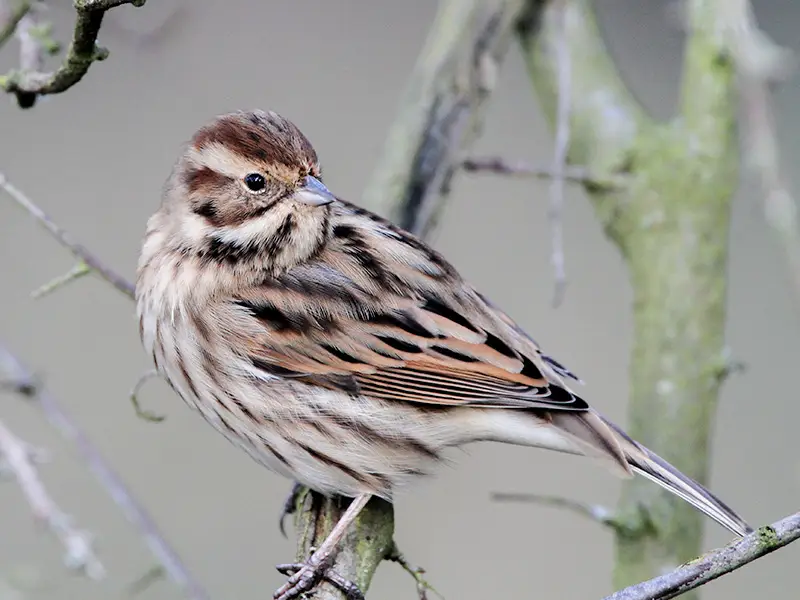
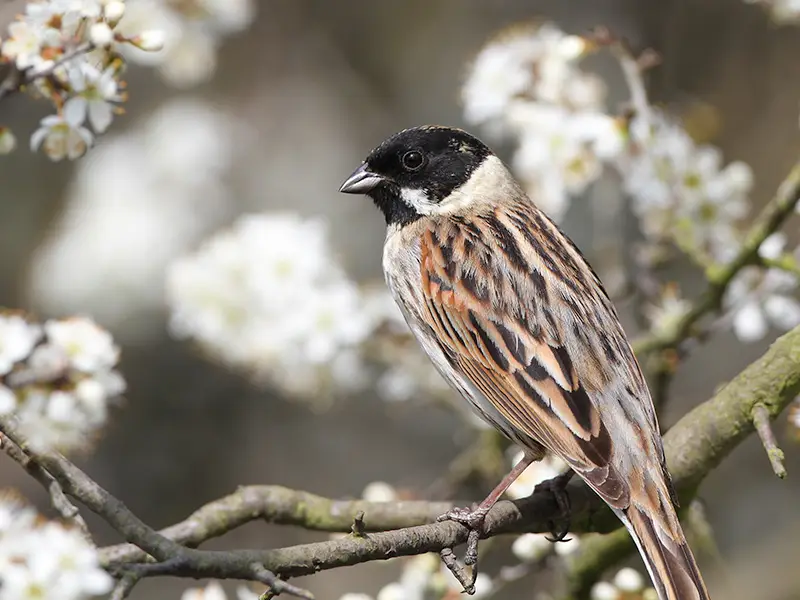
The northern hide within the National Trust part of the reserves gives good views across a small pool where various ducks and other water birds can be observed.
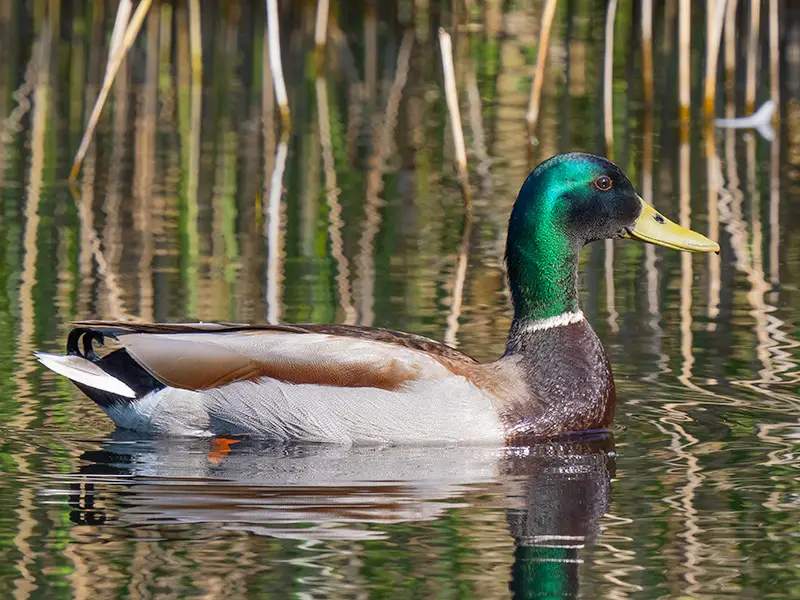
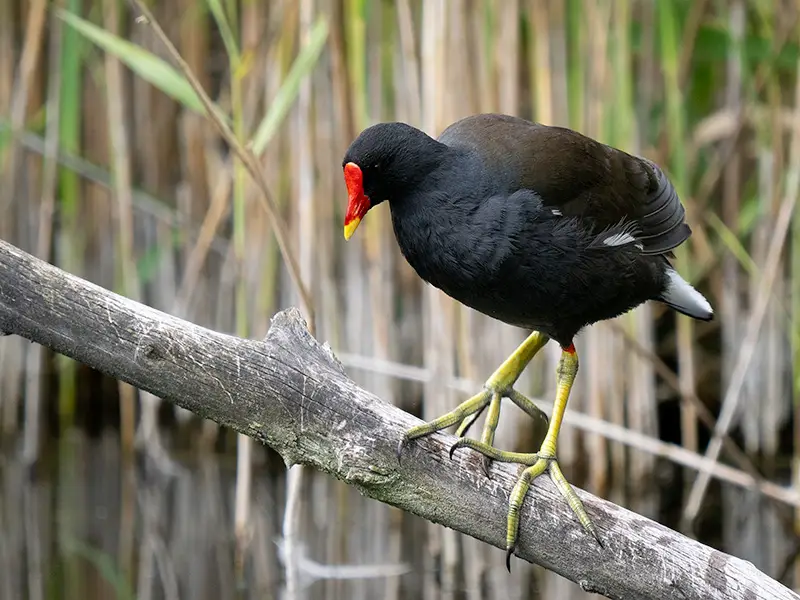
Barn Swallows can often be seen flying around the visitor centre and on the wires leading into the reserve. During the summer months Common Swifts are also a common sight.
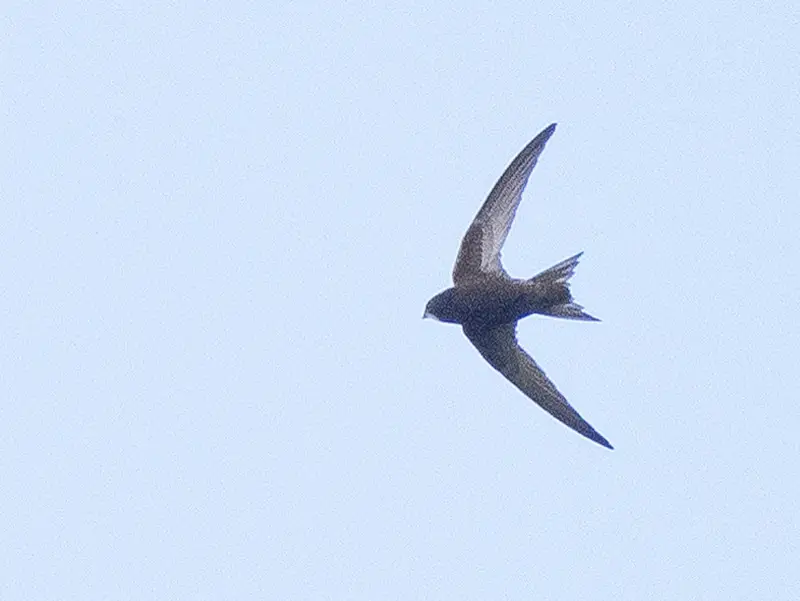
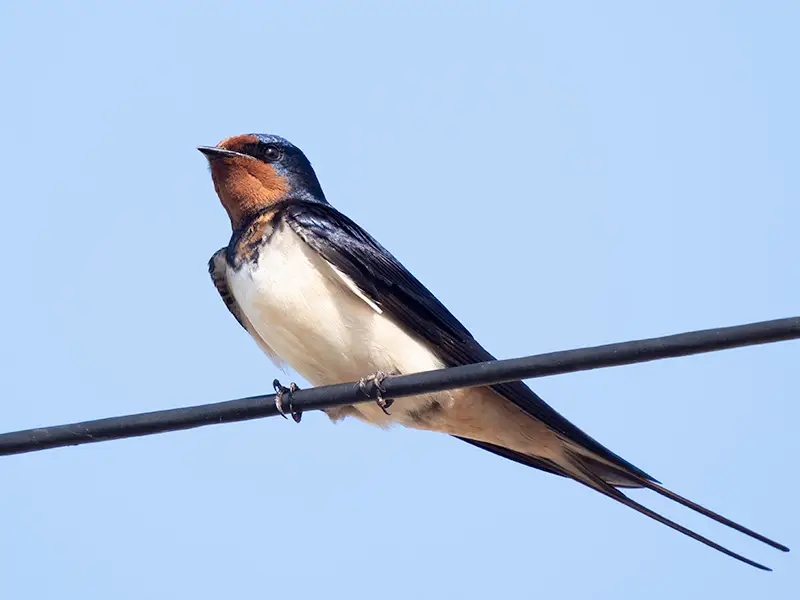
The National Trust reserve also includes a substantial area of woodland, which can be productive for birds, especially early in the day during the spring. There we’ve seen Garden Warbler, Willow Warbler, Common Cuckoo and Chiffchaff.
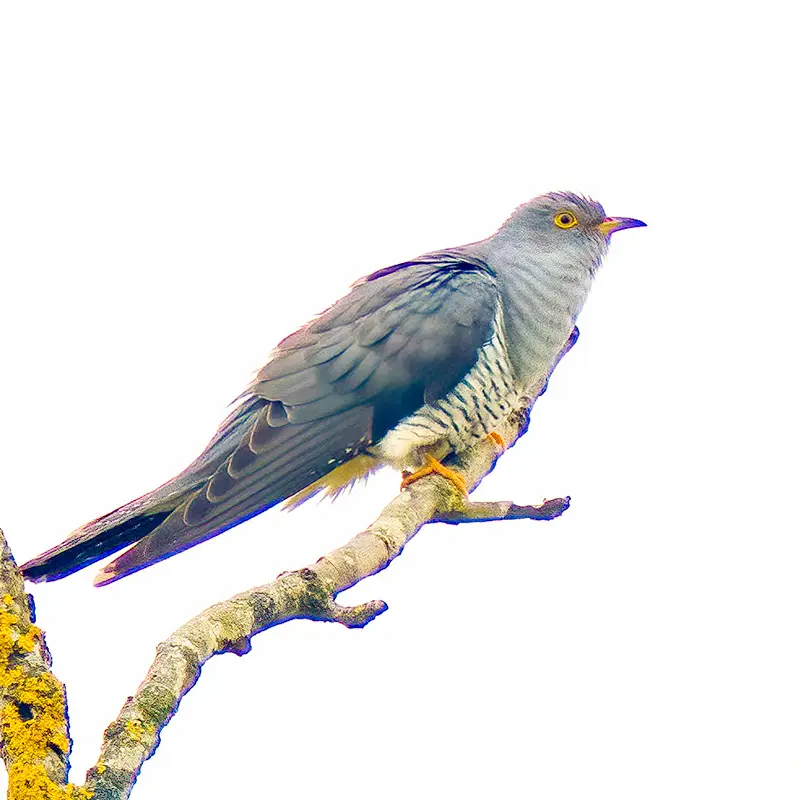
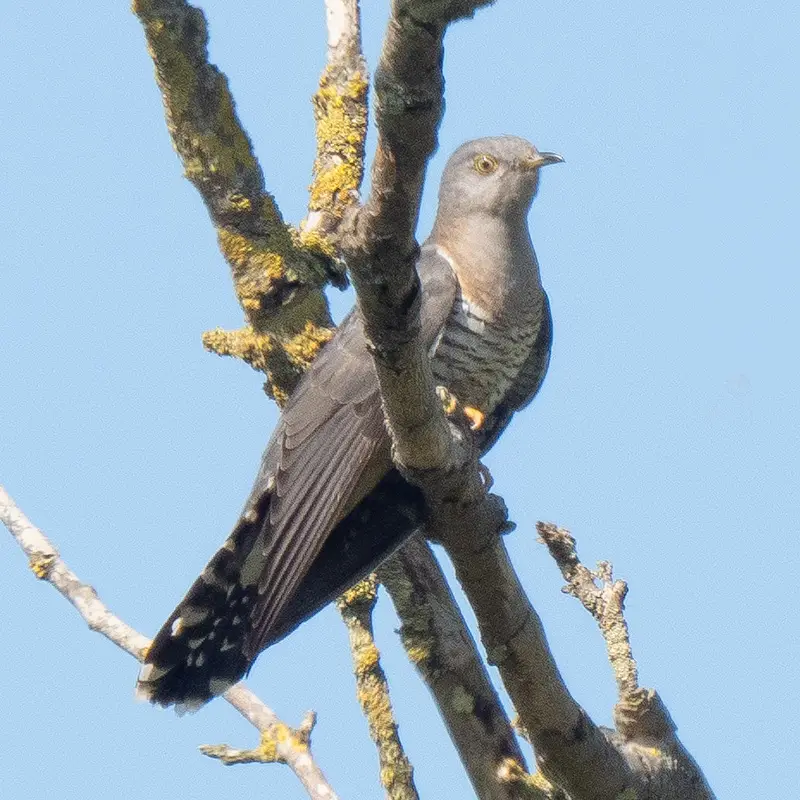
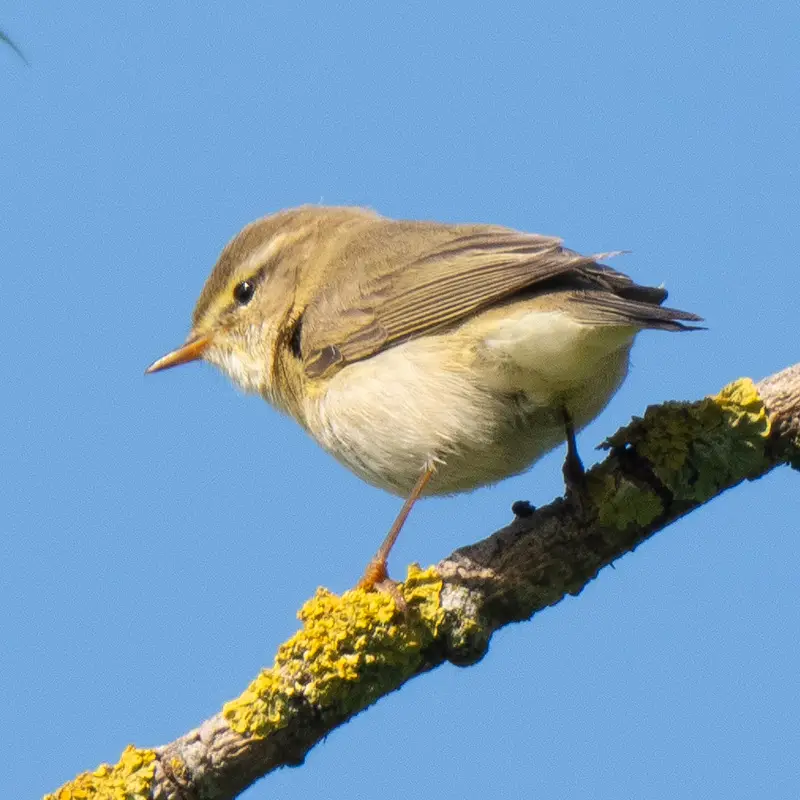
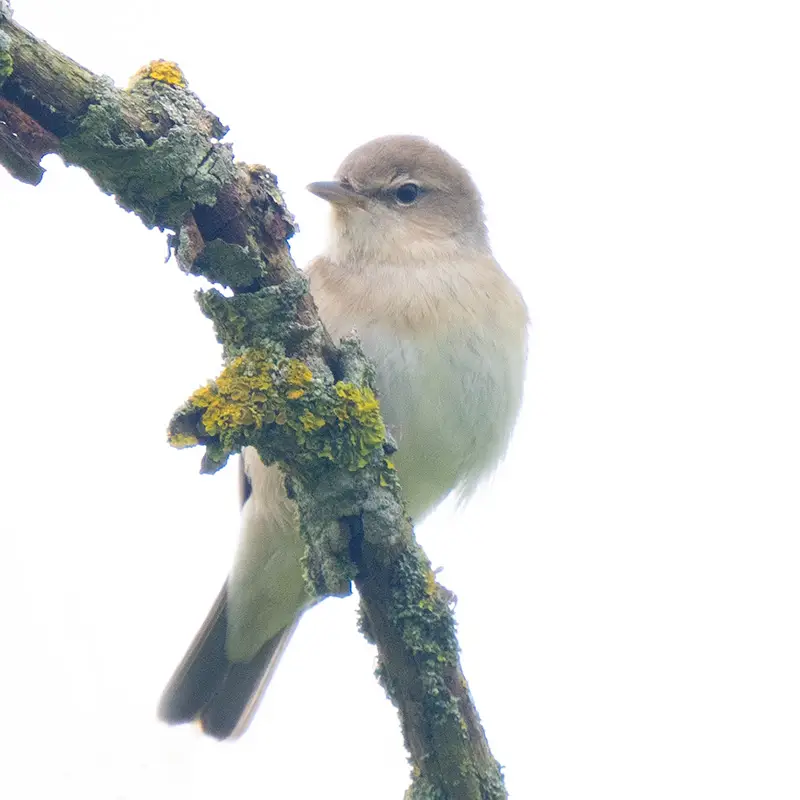
The footpath beside Wicken Lode has often proved good for raptors, and particularly Eurasian Hobby, which we’ve seen here on several occasions.
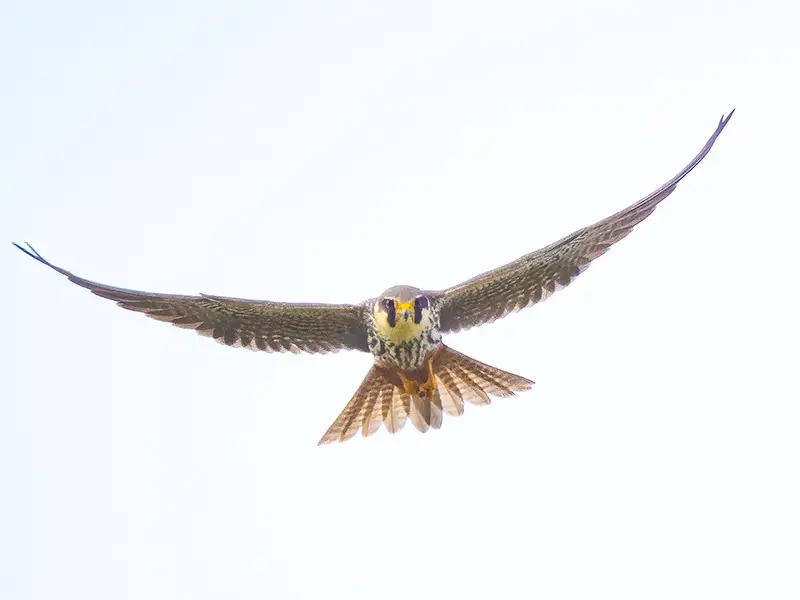
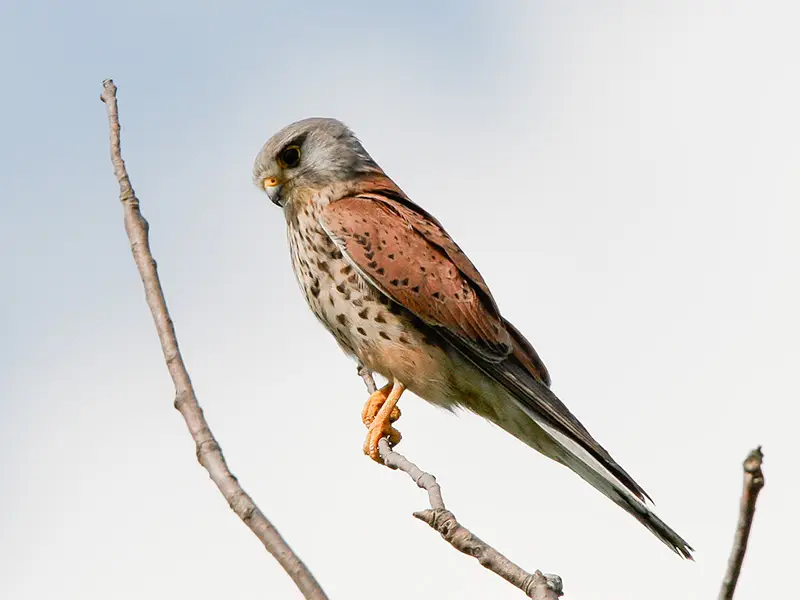
The large area of water south of Monks Lode is always good for ducks, and there is also a hide that let you get good photograph as the birds are less conscious of you compared to walking along the surrounding paths. Some birds that are regularly seen here are Shelduck, Canada Geese, Pochard, Little Grebe, Green-winged Teal, Great Cormorant, Mute Swan, Shoveler and Coot.
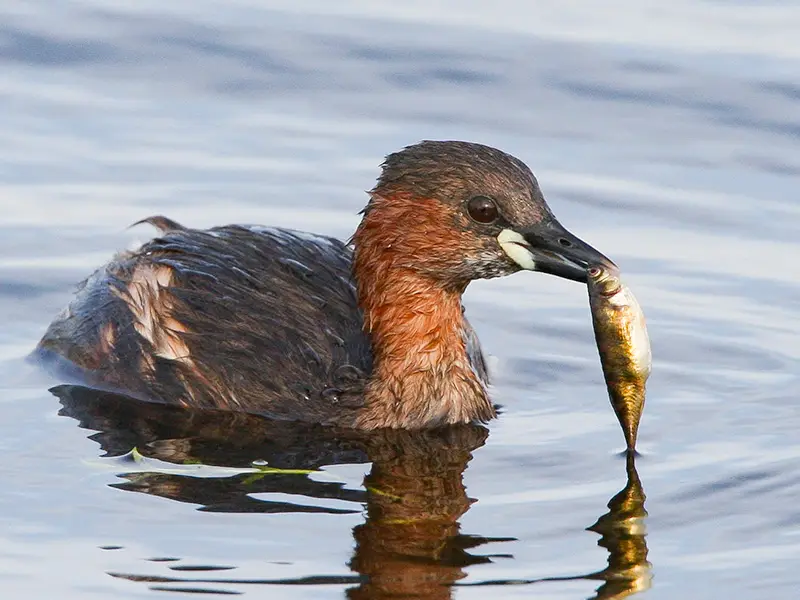

The hides are the best places to photograph birds of the water, but you can still get good photographs of birds in the hedgerows from the paths around the site.
